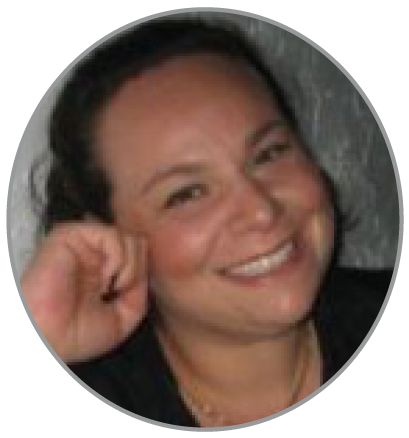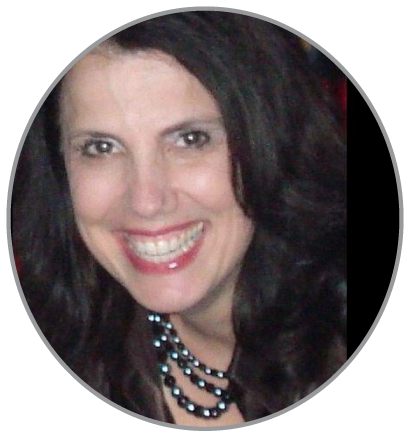We are following five school leaders as they lead their school communities through a year of rebuilding after the disruption of the past year and a half. While their schools, locations, and experiences are very different from each other, they share a strong, schoolwide commitment to social and emotional learning and to supporting student and teacher success. This month three of the school leaders share details about the impact of implementing SEL as they approach the halfway point of the school year.

Debra Berndt—Principal, Birchwood Elementary School, Niskayuna, NY

Aliza Kadish—Principal, Beacon Hill Preparatory School, Miami Gardens, FL

Leslie Paynter—Managing Director/Principal of Alamance Community School (ACS), Haw River, NC
We’re about six months into the school year and into your thoughtful implementation of SEL initiatives in your school community. What impacts have you noticed so far among students, educators, and families?
Aliza Kadish: We have seen growth in students and educators since we started the implementation of the Fly Five curriculum. The most significant impact that was felt by teachers and families was the smooth transition back to school after the two-week holiday break. Teachers have remarked that they spent less time reviewing classroom rules and expectations this January than in any year prior, which allowed more time dedicated to academics and new Fly Five lessons. Parents have shared that children have resumed their school-year routines such as homework and bedtime more quickly than in past years. Educators were so pleased with this smooth transition that they are now feeling energized after seeing the benefits of their hard work on a different scale than anticipated.
Leslie Paynter: Often the transition after returning from a longer holiday break is difficult for younger students. However, we had very few issues and concerns, which means students feel safe and want to be back at school with their teachers and friends. We’ve also found that caregivers are reaching out to the school counselor for advice and ways to support their children’s mental and emotional health at home.
Debra Berndt: Our use of Morning Meeting has given our students and the staff connections and a way to get to know each other on a deeper level. Students and staff have fun together as they learn while taking into account their social and emotional learning needs. Students have taken ownership during the day by leading Morning Meeting and through their use of Academic Choice. Families have even seen the benefits to SEL and academics when they have had opportunities to listen in to students learning remotely on Google Meet.
Have you encountered anything that you didn’t anticipate when you planned for this change?
Aliza Kadish: To be honest, we were expecting to see incremental growth and celebrate small successes throughout the community given that we are all so new to Fly Five. We did not anticipate such a substantial change, and experiencing this validates for us that teachers are working diligently and students are truly integrating SEL with academic skills that are foundational, such as phonics and math facts.
Leslie Paynter: Most of us thought that this year would be much easier than last year and that the coronavirus would be gone by January 2022. Unfortunately, this isn’t the case, and we continue to see that many of our families, students, and staff are struggling with stress and anxiety related to the uncertainty regarding COVID-19.
Debra Berndt: I have seen a growing interest in Responsive Classroom and SEL practices from our parents. This is often a topic that is referenced or questioned at PTO meetings. There is enough interest that next month I plan to hold a “coffee with the principal” prior to our PTO meeting to introduce Responsive Classroom practices and the philosophy behind it.
In your school community, where do you see evidence of social and emotional learning within academics? Are there places where academic, social, and emotional learning intersect in your classrooms and nonclassroom spaces?
Aliza Kadish: Evidence of the intersection of SEL and academics is different depending on the grade level. For example, in kindergarten and first grade, we are seeing fewer conflicts in hallways, on the playground, and in enrichment classes. In older grades, we are seeing students cooperating with each other when working in teams or small groups, showing empathy and support when others are having difficulty, and owning their behavior when they make a mistake. Implementing Fly Five with the enrichment teachers—which includes art, physical education, life skills, robotics, STEM-D, music, Spanish, and yoga—helps carry the common language and expectations throughout the school day.
Leslie Paynter: Our staff have done a terrific job of using the Fly Five curriculum from Responsive Classroom to supplement lessons done by our school counselor and meeting the social-emotional needs of the children.
Debra Berndt: Students just finished a project about traditions and holidays around the world. They learned about people and cultures outside of their own scope, which expanded their worldview.
There are a number of classrooms integrating Academic Choice into their classroom program. Teachers across all grade levels see the value of students working together and learning from each other. Strategies such as interactive learning structures, turn and talks, and student presentations are commonplace on a daily basis. This supports all students as they feel they are not learning alone and can bounce ideas off of each other. We see the same in nonclassroom spaces, including in media. Our media specialist does things such as makerspace and coding with students. Often she will work with a student on their independent research project (project-based learning), which is based on an interest the student has.
Is there anything else you would like to share about what’s happening with SEL in your school community?
Debra Berndt: We are reading Culturally Responsive Teaching and the Brain by Zaretta Hammond [Corwin, 2014] as a faculty, learning ways to meet the diverse needs of all of our learners. Although we are only in the early chapters of the book, we already see many connections to our Responsive Classroom work in building relationships, getting to know your students, and supporting the whole child. We look forward to digging deeper into this type of learning.
